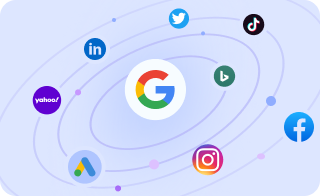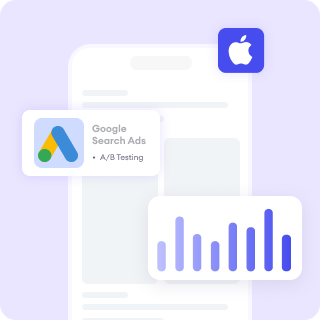What Is Natural Language Generation (NLG)
Natural Language Generation (NLG) is a subfield of artificial intelligence that focuses on producing human-like text based on structured data inputs. In marketing, it is used to automatically create product descriptions, customer emails, social media posts, and more.
The Importance Of Natural Language Generation (NLG)
NLG enables marketers to scale content creation efficiently and consistently while maintaining personalization. It reduces the time and cost involved in manual writing and helps ensure that messaging is always aligned with brand tone.
Types Of Natural Language Generation (NLG)
- Template-Based NLG: Follows predefined structures.
- Dynamic NLG: Uses AI to create unique text without templates.
- Data-to-Text NLG: Converts numeric or categorical data into descriptive narratives.
Examples Of Natural Language Generation (NLG)
- Automatically generated product descriptions on e-commerce platforms.
- AI-written financial summaries.
- Personalized email copy based on customer data.
- Social media captions tailored to audience segments.
Best Practices For Natural Language Generation (NLG)
- Define tone and voice guidelines beforehand.
- Use human oversight for sensitive or critical content.
- Regularly audit generated content for accuracy and relevance.
- Train NLG models on high-quality, brand-compliant datasets.
Key Aspects For Natural Language Generation (NLG)
- Data Quality: NLG relies on structured, accurate input data.
- Context Awareness: Understanding the scenario and audience.
- Tone Control: Matching the brand voice in outputs.
- Language Variation: Avoiding repetition and enhancing naturalness.
- Real-Time Generation: Supporting live interactions like chatbot responses.
- Integration Capability: Working with CRM, CMS, and analytics tools.
Challenges For Natural Language Generation (NLG)
- Risk of generating inappropriate or incorrect text.
- Lack of creativity compared to human writers.
- Difficulty in managing brand tone across languages.
- Regulatory and ethical issues in automated communication.
Relevant Metrics
- Engagement rate of AI-generated content.
- Open and click-through rates in emails.
- Bounce rates on NLG-generated landing pages.
- Manual edit rate (percentage of AI text edited by humans).
Conclusion
NLG is revolutionizing marketing content creation, enabling scalability and personalization like never before. The technology must be wielded with oversight to preserve brand integrity and consumer trust.







